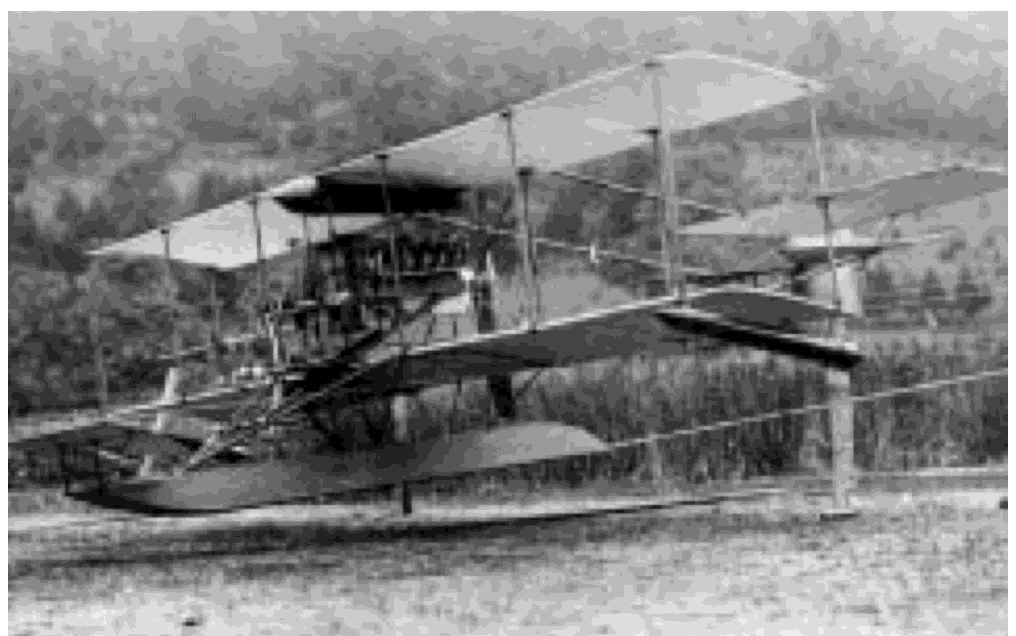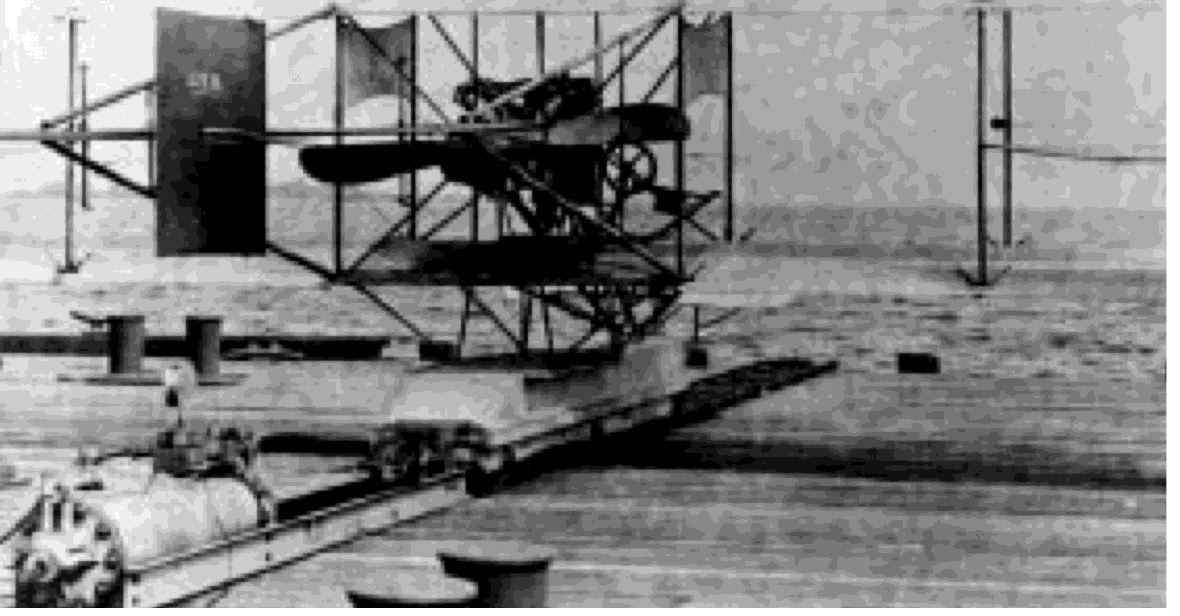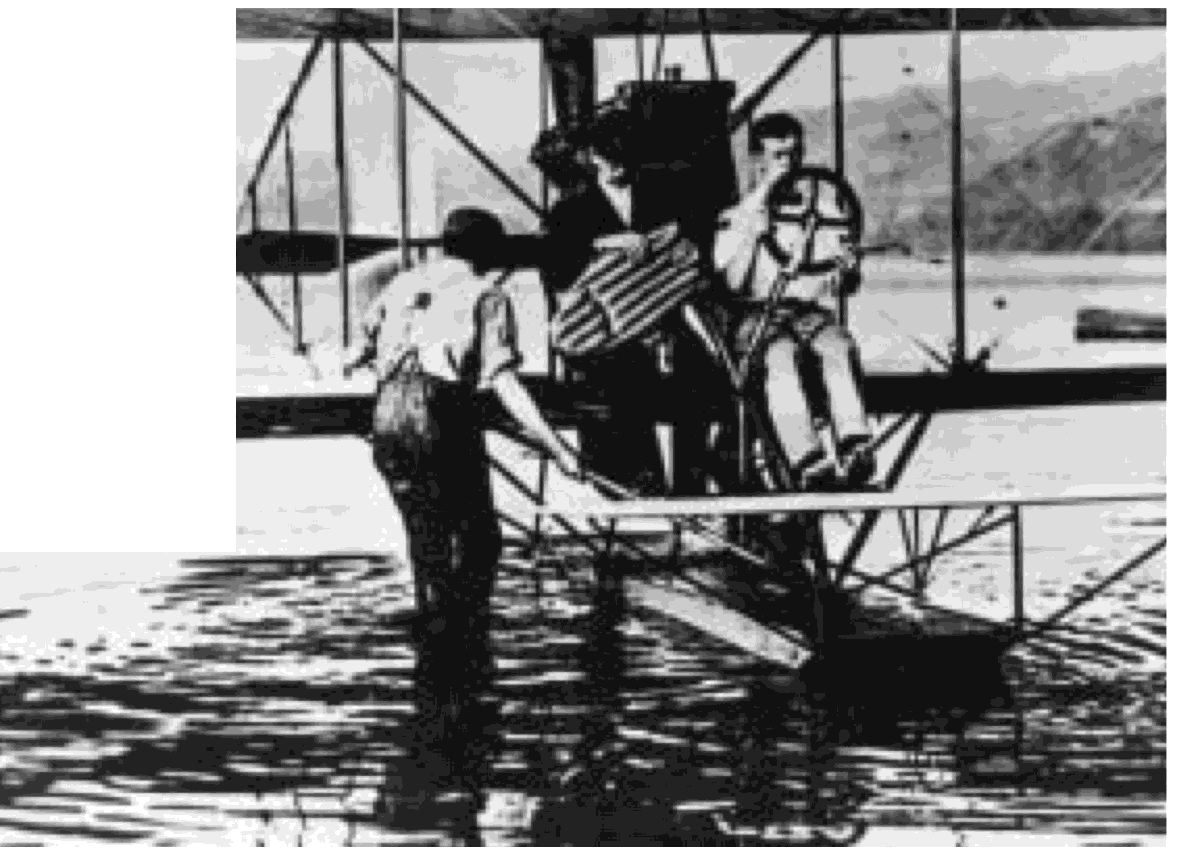




6
UNITED STATES NAVAL AVIATION
1910-1995
1911-Continued
- ---
- --
- ...
...c
.
Preparing A-I, first Navy plane, for wire launch 428450
3 July
Lieutenant Theodore G. Ellyson flew the A-I
from Lake Keuka to Hammondsport, NY, on the first
night flight by a naval aviator, landing successfully on the
water on the second attempt without the aid of lights.
6 July
Captain Washington 1. Chambers was ordered
to temporary duty at the Naval Academy in connection
with the establishment of an aviation experimental sta-
tion, the site for which had been previously selected
on Greenbury Point, Annapolis, Md. Although not
occupied by the aviators until September, this was the
first base for Naval Aviation.
10 July
Amphibious features of the Navy's first aIr-
craft were demonstrated by Glenn H. Curtiss in the
24th flight of the Triad-the machine in which he took
\
First Navy aircraft, the A-I Triad Hydroaeroplane, taxing on Lake
Keuka, Hammondsport, New Y01* 1061484(NHF)
A-Ion the first catapult, Annapolis, July 1912 650864
off from land, lifted the wheels while in the air, and
landed in water.
13 July
The Navy's second aircraft, the A-2, was set
up and flown at Hammondsport, NY The first flight
was made by Glenn H. Curtiss, and the second by
Lieutenant Theodore G. Ellyson.
23 August
The officers on flight duty at
Hammondsport, N.Y., and Dayton, Ohio, were
ordered to report for duty at the Engineering
Experiment Station, Naval Academy, "in connection
with the test of gasoline motors and other experimen-
tal work in the development of aviation, including
instruction at the aviation school" being set up on
Greenbury Point, Annapolis, Md.
Lieutenant Ellyson gives Captain Chambers a fJjght
in
the A-I 424469
 |
6 |
 |